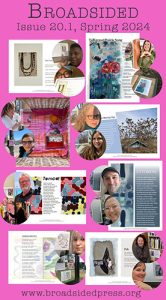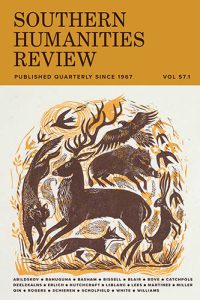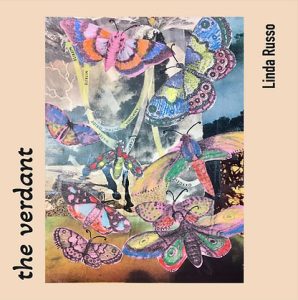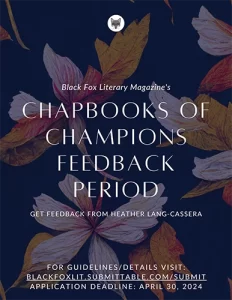The Chattahoochee Review – Spring/Summer 2011
Volume 31 Numbers 1 & 2
Spring/Summer 2011
Quarterly
Hazel Foster
In her editor’s note, Anna Schachner talks a lot about her vision for the re-visioning of The Chattahoochee Review and “the need for awe.” With this issue, Schachner has demonstrated the accomplishment of this vision. The Spring/Summer 2011 issue of The Chattahoochee Review is stuffed with work worthy of the word “awe.”
In her editor’s note, Anna Schachner talks a lot about her vision for the re-visioning of The Chattahoochee Review and “the need for awe.” With this issue, Schachner has demonstrated the accomplishment of this vision. The Spring/Summer 2011 issue of The Chattahoochee Review is stuffed with work worthy of the word “awe.”
To start, read the appropriately titled “Why I Read” by Augstín Cadena, translated by C.M. Mayo:
I see people who do not read: they are so limited in their lives, even in the good things. They do not see beyond their immediate surroundings; they are incapable of changing anything because they neither know what there is to change, nor how to go about it. They don’t understand other people, not even their own loved ones, because they do not have the habit of reflecting on the yearnings, motives, and passions of human beings. . . Besides, what would a man see in the fields of La Mancha who does not know who Don Quixote is? Dusty roads, nothing more.
Cadena expresses nearly every cliché point that can be made about reading, but does so in a sincere and simple way. This is a fitting essay to kick off an issue sure to entertain even the most voracious reader.
While all of the fiction in this issue is supreme—some of the best I have read in the past year—I particularly enjoyed “The Last Love of the Lilliputian Casanova” by Timothy Schaffert. This short story reads like a biography. The Lilliputian Casanova is, as so named, a sit-in-your-palm sexual libertine. He falls in love with his female equivalent, a pint-sized beauty, Violette:
In the portrait, Violette poses with her naked back to the camera, her plum-like rear dimpled and as tiny as a summer-plumped chokecherry, her hair kept up with ivory combs stuck in; at her feet is a coat, having dropped from her shoulders, the fur a black-tipped white—the winter color phase of an Old World mouse. Violette, about to bathe, lifts one leg to touch her toe to the water, to test the heat, her tub a French cocoa mug, wisps of steam rising in twisting ribbons of vapor.
If real biographies were written with such gluttonously beautiful language, I’d read them. The story progresses through time, charting the evolution of this miniature sexualized love story, ending, as most biographies do, in death. If you read only one piece, read this one.
With most literary magazines, I drool over the fiction and have to coax myself into fawning over one of the poems. No coaxing needed here. In fact, there are too many poems to fawn over. I especially found myself drawn to “Rush” by Robert Wrigley. The narrator repairs his scarecrow only to find that the crotch has become home to a litter of mice:
The winter snow broke his arms.
He’d lost his hat and his head,
and I needed to rebuild him from
the mud up, and so unzipped his fly
and there they were: a family
of mice nested in the crotch
of the pants that had once been mine,
a squirm of pink pods
The scarecrow becomes a metaphor for the narrator himself. The self-reflection is subtle. The images are careful but strong. And the poem stands out among an onslaught of brilliant work in this issue.
Read The Chattahoochee Review. Subscribe. I sense that this magazine is going to continue to publish important work for the explorative reader.
[depts.gpc.edu/~gpccr/]




